The development of specific power sources requires the early promulgation of detailed mechanisms and policies, especially on the electricity trading mechanism, so that investors can calculate their opportunities.
 |
| As of April 2024, there are still no guidelines from the Ministry of Industry and Trade for the development of rooftop solar power. Photo: Duc Thanh |
Many mechanisms are being built
The recently issued Plan for the Implementation of the VIII Power Plan clearly states that the solutions for implementing the Plan are implemented according to Part VI, Article 1 of Decision No. 500/QD-TTg approving the Plan. However, among the 11 solutions stated in Decision 500/QD-TTg, the solution to create capital sources and mobilize investment capital for the development of the power sector to be implemented still needs more specific instructions from the Ministry of Industry and Trade as well as other agencies.
An example is the requirement to “encourage people and businesses to invest in developing rooftop solar power, self-produced and self-consumed power sources”. In Table 6 of Appendix II, the Plan for implementing the Power Plan VIII specifically divides the development of rooftop solar power sources by locality with a total national capacity of 2,600 MW. However, as of April 2024, there is still no guidance from the Ministry of Industry and Trade for the development of rooftop solar power.
The draft on rooftop solar power development that the Ministry of Industry and Trade released for comments in December 2023 only encourages self-production and self-consumption, and was also commented by the Vietnam Federation of Commerce and Industry (VCCI) as discouraging people from taking advantage of this natural energy source.
“Many businesses believe that allowing the purchase and sale of electricity between organizations and individuals in the same building will create more resources to develop rooftop solar power, helping to better balance the load (due to limiting the amount of excess electricity), so it should be encouraged. Therefore, it is recommended that the drafting agency amend the regulation to allow the purchase and sale of rooftop solar power between customers without transmitting it through the national grid,” VCCI’s comments emphasized.
From the perspective of related electricity enterprises, the Northern Power Corporation (EVNNPC) said that many rooftop solar power systems belong to private homes, so they do not care about having a fire prevention and fighting license. Or when Vietnam Electricity Group (EVN) handles after inspection and examination, it issues regulations requiring the opinion of local authorities, the electricity industry proactively invites the provincial People's Committee, but not all places participate, because there is a fear that if there is any violation later, they will have to take responsibility.
“The electricity company asked people to complete the missing documents themselves, but they were upset, saying that there was no such requirement before, but now there are too many requirements. And if the documents are not complete, the electricity company does not dare to pay,” said an EVNNPC representative.
There are even households that are stuck with paperwork, and the electricity company does not dare to pay, so they remove the rooftop solar power system to avoid... frustration. But the electricity industry is stuck because the output they sold to them before now does not have enough paperwork as required for payment, so it just exists. "We have reported to the superiors, but there is still no solution," said an EVNNPC representative.
Regarding the development of onshore and nearshore wind power projects with a total capacity of up to 21,880 MW by 2030 as outlined in the Plan and Strategy for specific localities compared to the total accumulated capacity of only 3,986 MW by the end of 2022, the work is not easy.
An investor said that after developing a number of wind power projects in the Central and Southwestern regions, the company quickly moved to the northern mountainous provinces, but it only cost tens of billions of dong to complete one wind power pole and then… stopped.
“The wind is quite low, not effective, it is better to give up early, lose less than to continue working”, he said and added that there is still no purchase price for wind power. If applying the purchase price according to Decision 21/QD-BCT, it is also very low, but only for projects in the transitional phase, new wind power projects do not have a purchase price plan yet, so investors have temporarily stopped.
All roads lead to PPA
The Power Plan VIII and the Plan’s implementation plan mention a series of domestic gas-fired thermal power projects and projects using imported LNG that will be operational in the 2027-2030 period, that is, in about 3-6 years. Of which, the total domestic gas-fired thermal power capacity is 14,930 MW and the total LNG thermal power capacity is 22,400 MW.
However, the Ministry of Industry and Trade's report to the Government in December 2024 calculated that it would take 7-10 years to complete the LNG power project. Specifically, the time to complete and approve the feasibility report and necessary legal documents for the LNG power project would take 2-3 years. It would take 2-4 years to negotiate the Power Purchase Agreement (PPA) and arrange loans, depending on the investor's capacity, experience and finances.
The construction and commissioning time for a 1,500 MW plant is 3.5 years. However, the above mentioned time does not include PPA negotiations. Meanwhile, if the investor fails to sign a PPA with EVN, the loan to implement the power project, even if arranged, cannot be disbursed.
An example is the case of Nhon Trach 3&4 Power Project. In February 2019, the Prime Minister approved the investment policy for the Project; in March 2022, the Contract for the Engineering, Procurement, Installation, Testing and Acceptance (EPC) Package was signed with a Project implementation period of 36 months. At present, Nhon Trach 3 Power Plant is expected to be completed and generate commercial electricity in November 2024 and Nhon Trach 4 Power Plant in May 2025, but the PPA has not yet been signed.
“We also closely monitor the disbursed loans of the Nhon Trach 3&4 Project and know that some of the disbursed loans have collateral from other sources of the investor. The export credit loan using the project’s revenue has not yet been disbursed,” commented an expert in arranging loans for power projects of a European financial institution.
This expert also said that banks must look at the official PPA to know the cash flow and profit and loss to decide to lend to the project. Of course, there are also projects where investors mortgage other assets, not the project itself, and can still consider arranging loans, but these cases are not many.
It is worth mentioning that, when capital has not been arranged, few private and foreign investors dare to spend billions of dollars to build large power projects and then... consider it later. Therefore, another prerequisite for large power projects to be implemented as set out in the Planning and Plan to ensure energy security for the country is that financial issues related to the power industry need to be clearer, more detailed, and more specific.
Research and perfect financial mechanisms and mobilize capital for investment in electricity development.
Diversify capital sources and forms of capital mobilization, effectively attract domestic and foreign capital sources for electricity development, ensure national defense, security and competition in the electricity market. Increase appeal and effectively use international support commitments (JETP, AZEC...), green credit sources, climate credit, green bonds...
Diversify investment forms (state, private, public-private partnerships, etc.) for power projects. Promote the role of state-owned enterprises, strongly attract domestic and foreign private sectors to participate in investing in power development. Continue to negotiate and effectively use funding sources, support capital arrangements from international partners in the process of implementing energy transition and moving towards net zero emissions in Vietnam.
Encourage people and businesses to invest in developing rooftop solar power, self-produced and self-consumed electricity sources.
Create a favorable, transparent, attractive and encouraging environment for the private sector to participate in investing and developing power projects.
Gradually increase the financial mobilization capacity of enterprises in the electricity sector according to the requirements of domestic and international financial institutions.
Implement flexible and effective credit policies, creating favorable conditions for businesses to access capital sources to develop power projects.
Source: Decision 500/QD-TTg approving Power Plan VIII
Source


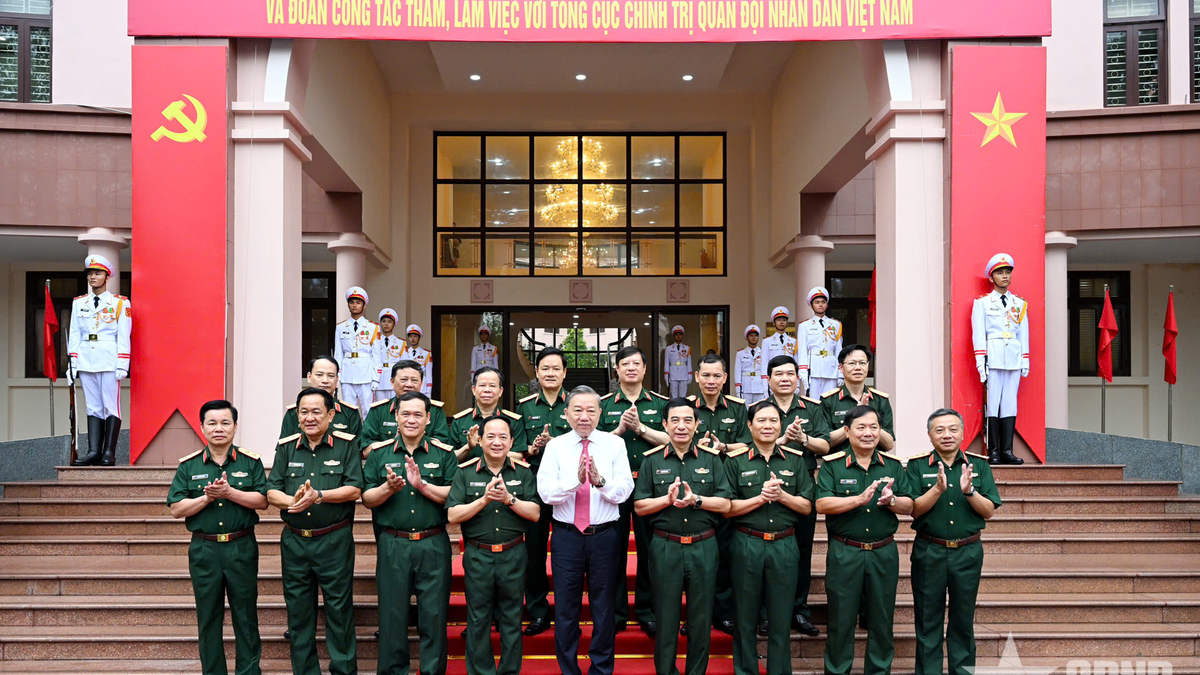

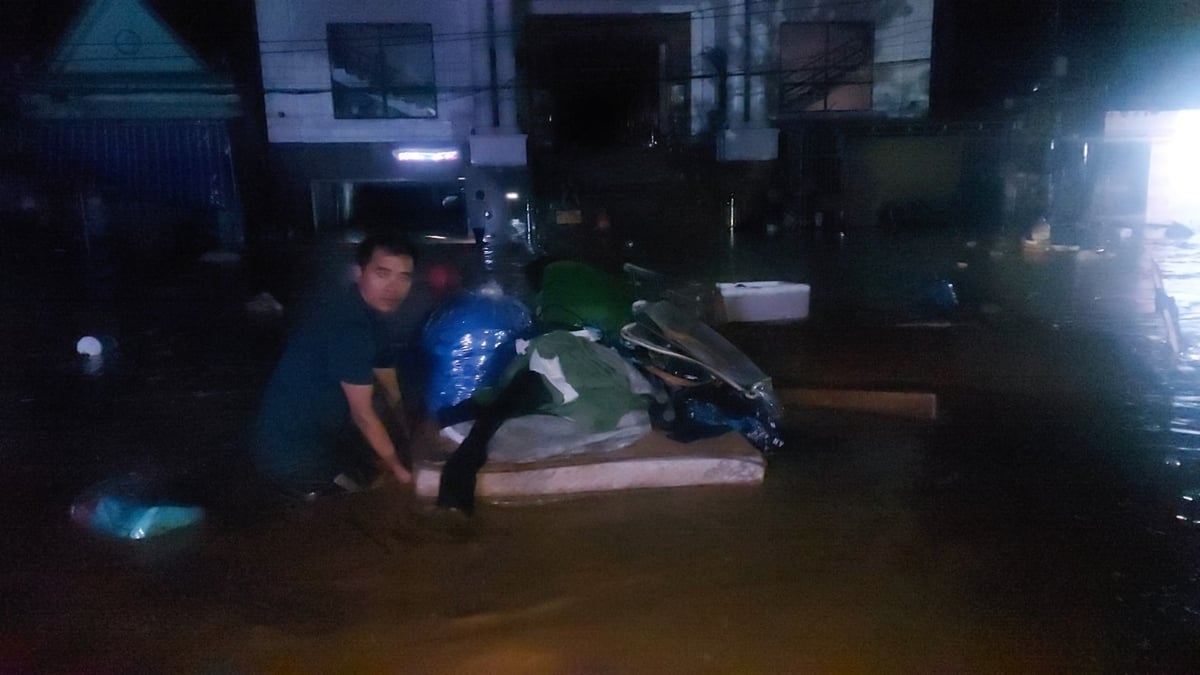

![[Video] Candidates' high school graduation exam scores are lower than their transcript scores](https://vphoto.vietnam.vn/thumb/1200x675/vietnam/resource/IMAGE/2025/7/23/d54860e6d6004425a8fef240d812a30f)

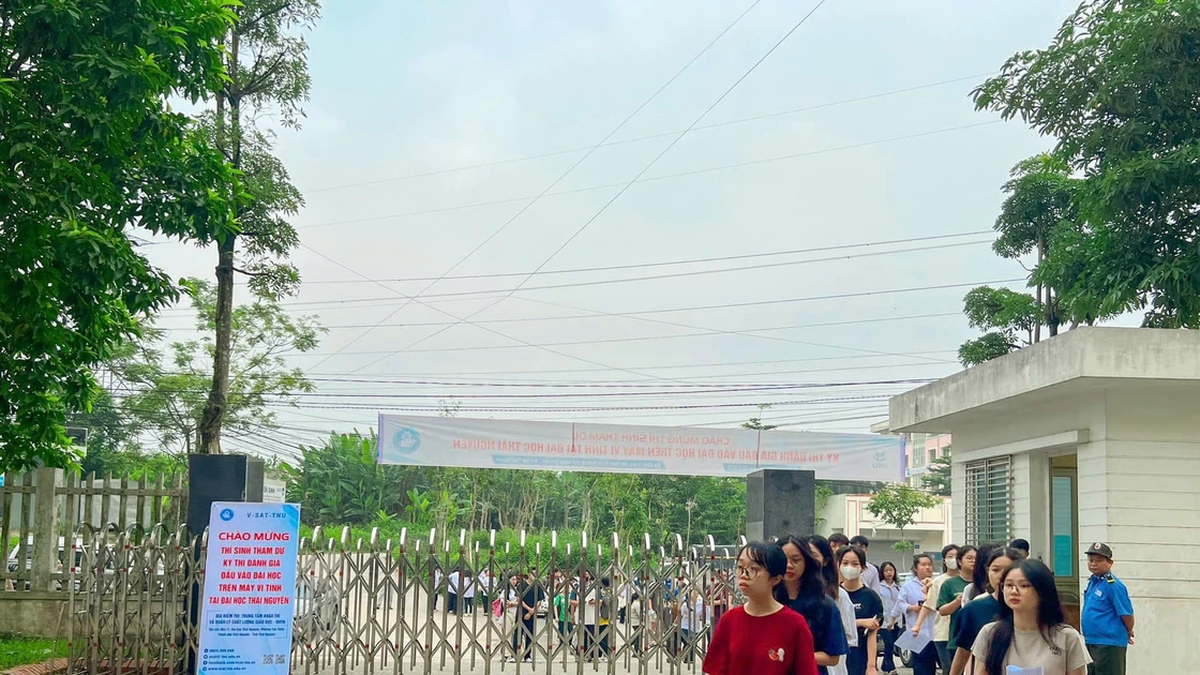
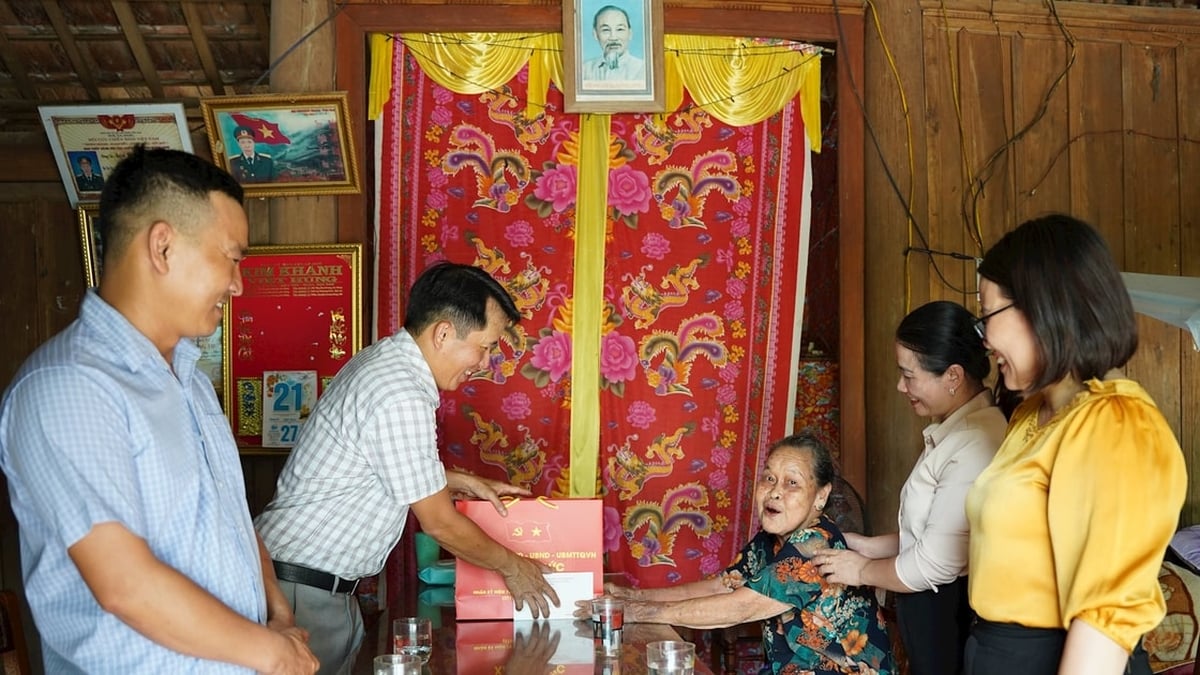
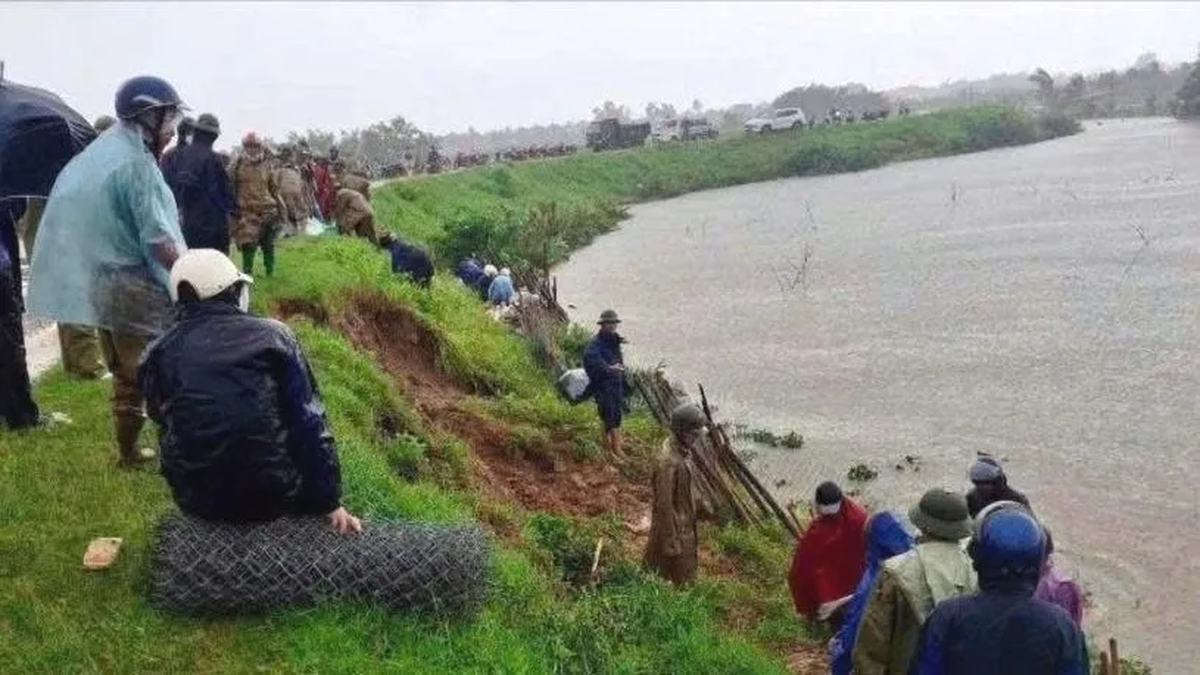
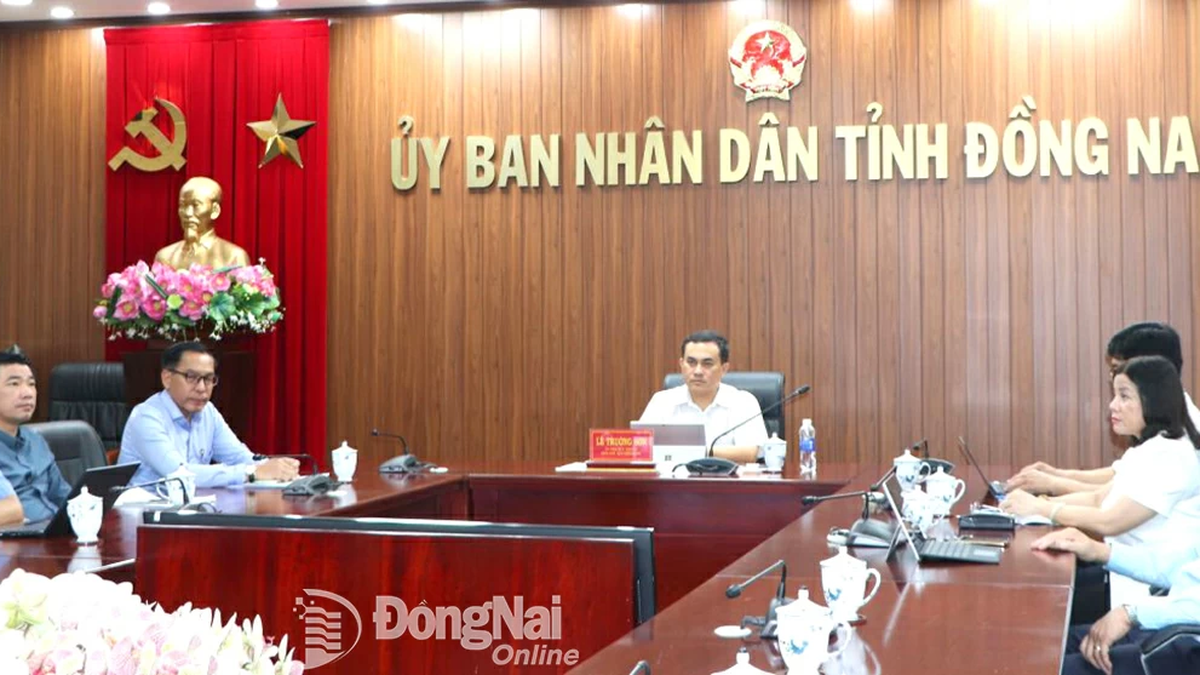














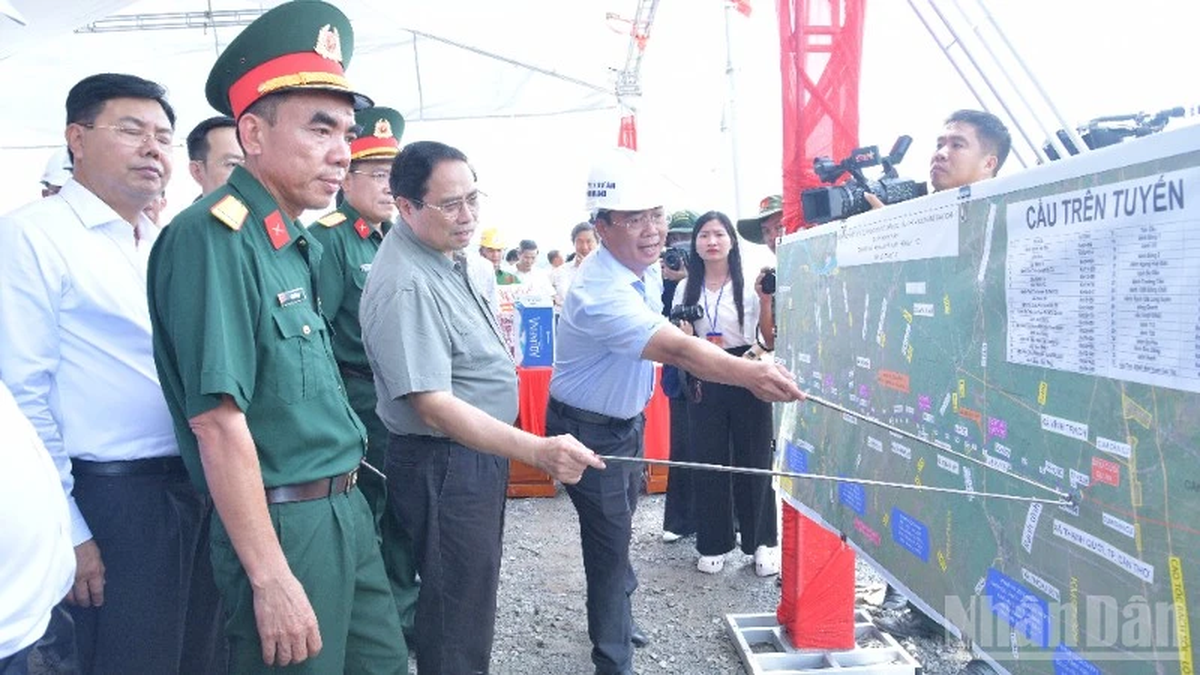

























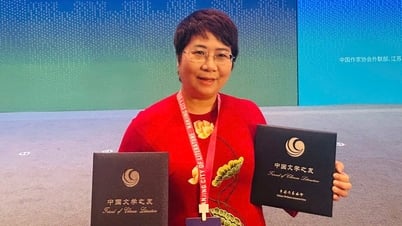













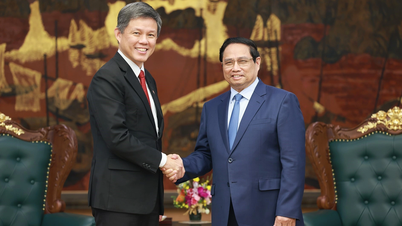
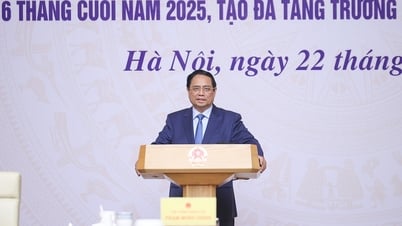
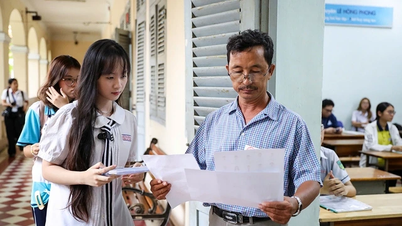




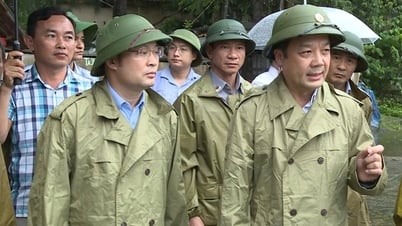


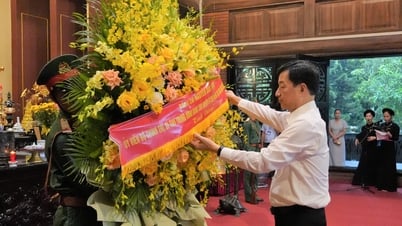
























Comment (0)